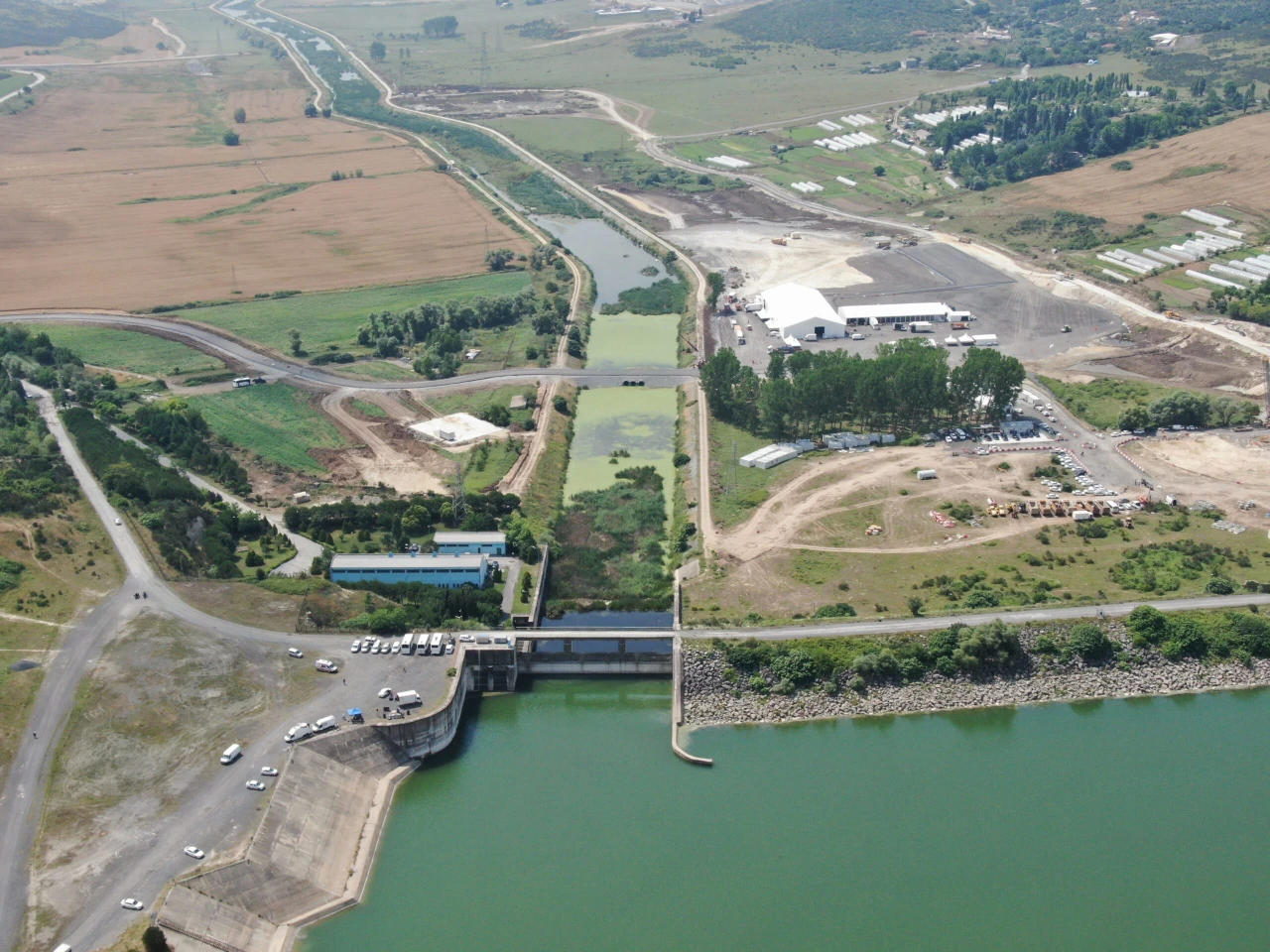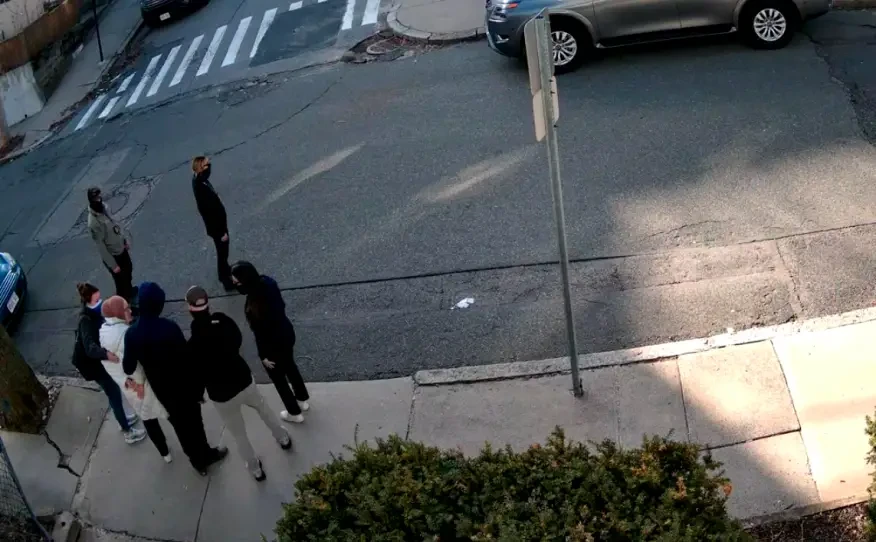Unique Roman armor displayed at Türkiye’s Gumushane Museum
 1,500-year-old Roman legionary armor discovered in the ancient city of Satala restored in Gumushane, Türkiye, September 27, 2024 (AA Photo)
1,500-year-old Roman legionary armor discovered in the ancient city of Satala restored in Gumushane, Türkiye, September 27, 2024 (AA Photo)
A rare and significant discovery has been made at the ancient city od Satala in Sadak village, Kelkit district, where a unique example of “Lorica Squamata,” a type of Roman armor from the Late Roman Period, was unearthed during 2020 excavations.
After three years of meticulous restoration, the legionary armor has now been brought to Gumushane.

Historic restoration process of Roman armor
The armor, which was transported to the Erzurum Restoration and Conservation Regional Laboratory in 2021, was initially preserved with its soil during the documentation phase. It underwent detailed examinations using X-ray and tomography at Ataturk University in Erzurum. The X-ray results revealed that nearly all parts of the Roman armor were intact, leading to a comprehensive understanding of its dimensions and metallurgical properties through micro-CT imaging of three plates taken from the edges.
After three years of meticulous restoration and conservation by the Erzurum Restoration and Conservation Laboratory, every plate of the Roman armor was documented, repaired and reassembled on a mannequin to recreate its original form.

Roman legionary armor: Celebrating cultural heritage
During a ceremony held in front of the Gumushane City Museum, Governor Aydin Barus received the sealed box containing the armor from officials. After opening the seal, he handed over the armor to museum authorities for exhibition. Barus emphasized the historical significance of Gumushane, stating, “Gumushane is home to important lands that have witnessed numerous civilizations.” He highlighted the significance of Satala as a vital source of historical heritage.
Pointing out Satala’s strategic location, Barus noted, “Satala Ancient City, located on the route connecting Eastern Anatolia to the Black Sea, served as a military outpost due to its position on the path used by Persian armies during their invasions into Anatolia.”
“As a result of restoration efforts, the pieces of this artifact have been reassembled. This Late Roman Period piece dates back approximately 1,500 years. The discovery of such a remarkable artifact just two years after the excavation began in 2018 underscores the significance of future excavations at Satala Ancient City and the immense historical value it holds for Gumushane,” he said.

Future prospects for excavations
Governor Barus further noted that the excavations at Satala ancient city will continue under the auspices of the Presidential Office as part of the Ministry of Culture and Tourism‘s “Legacy for the Future Project.”
Celalettin Kose, AK Party Gumushane member of Parliament, revealed that Satala was visited by 69 academics from 30 countries just ten days ago. He expressed enthusiasm about the program conducted in Salata, stating, “When I first visited Satala, I envisioned a future where tourists would walk these grounds. Today, that vision has become a reality. We have made significant strides in showcasing the armor, which is said to be the only one of its kind in the world.”
Kose emphasized efforts to bring historical artifacts related to Gumushane back to the city, stating, “There are historical artifacts from Gumushane scattered across our country and around the world. Some have emerged from Satala, while others have been found in different locations. We will strive to ensure these artifacts are brought to the Gumushane Museum.”
Engaging community
Following the speeches, participants toured the museum, where the Roman armor is now on display. Elif Yavuz Cakmur, head of the excavation, provided information to the attendees regarding the Roman armor. The program also featured a screening of the documentary titled “Satala Ancient City,” attended by local officials, including Gumushane Mayor Vedat Soner Baser, Provincial Gendarmerie Commander Serhat Demiral, Provincial Police Chief Ismail Karasakal, and representatives from political parties and civil society organizations.
This remarkable discovery and the efforts surrounding it highlight the rich historical tapestry of Gumushane and its importance as a site of archaeological significance.



